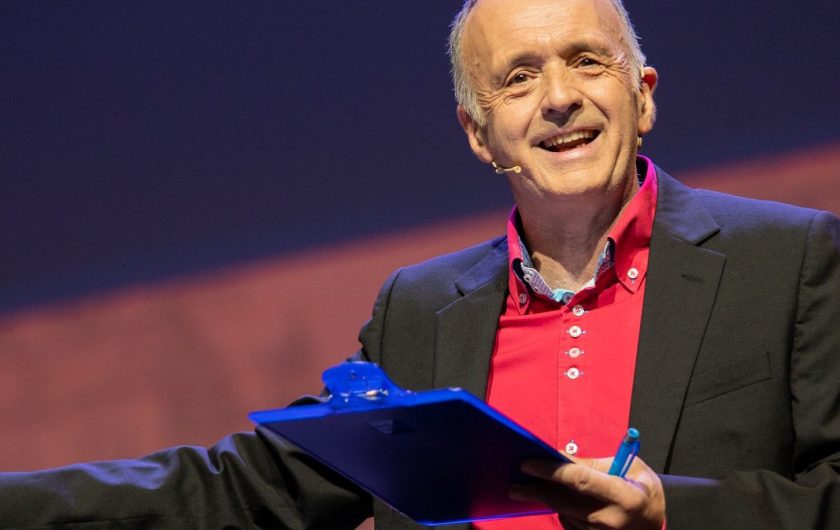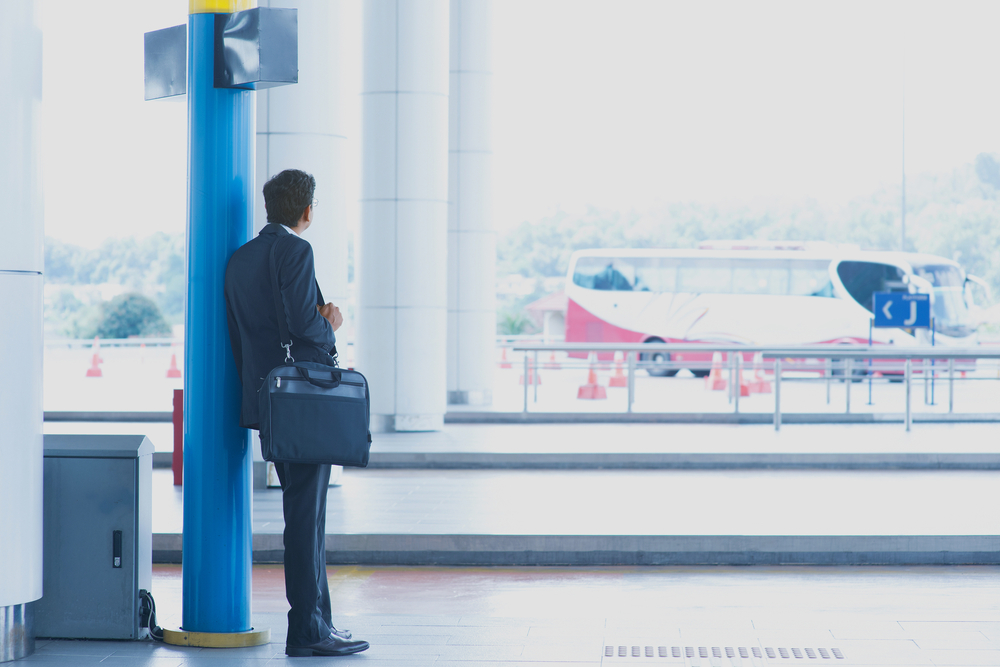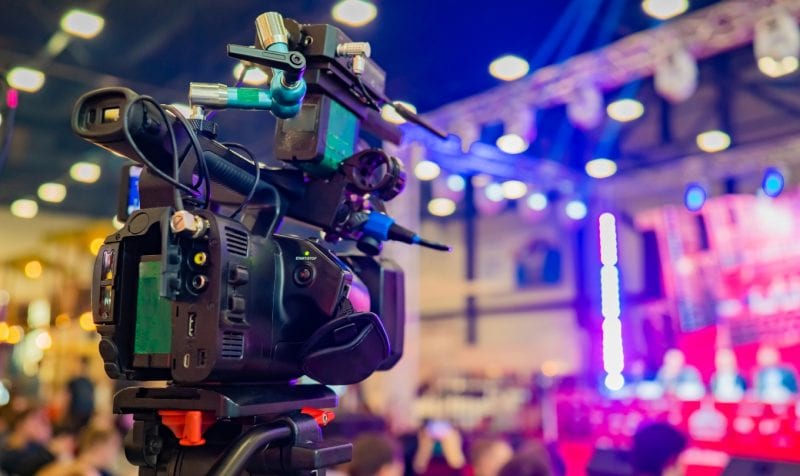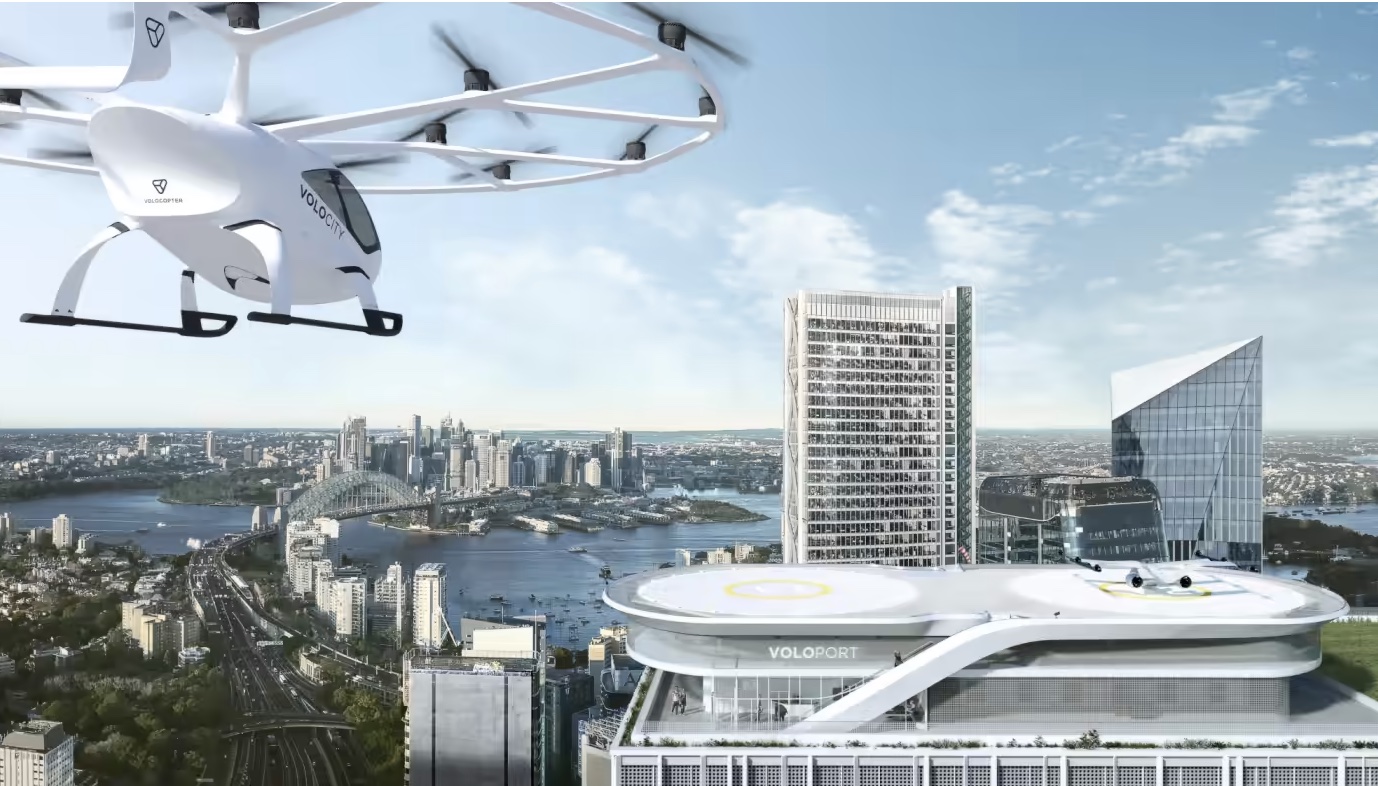CONFERENCE audiences used to be so well-behaved, weren’t they? They’d travel far at great expense, check-in to expensive hotels, pay high prices for F&B, served by polite and professional waiters, so we could all sit in vast darkened rooms, half-heartedly listening to a conveyor belt of knowledgeable, but – let’s be honest – mostly dull and boring speakers.
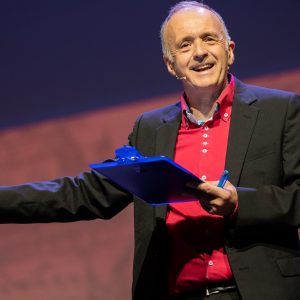
In order to deliver seamless professional meetings, PCOs, event organisers ensured every aspect of every meeting was perfect, from transfers to registration. Yet, in far too many cases what actually happened on-stage was largely left up to the “client”.
In short: we were brilliant at delivering multi-million dollar AMATEUR productions.
Would you be prepared to pay a high premium to attend lavish theatre or music events only to discover that the producers let amateurs perform; either to save money or just because those speaker were prepared to do so? Probably not. But audiences were conditioned to accept it.
Now here we are a year into the pandemic: hundreds of millions of amateur Zoom calls have exhausted audiences. And they are, perhaps without even realising it, crying out for far more professional meetings. We, as an industry have a duty to provide a service that’s far more superior than anything our audiences can do for themselves.
In the past, organising the gala dinner and the menu was often seen as more important than how your speakers ‘fed’ and ‘served’ the audience. These knowledgeable amateurs were mostly left to get on with it. Yes, they often had high quality ‘ingredients’ to share with knowledge-hungry delegates, but so many of those speakers didn’t know how to cook or present their dishes in the most appetising ways.
As someone from Europe who has facilitated and spoken at countless conferences in Asia; your F&B is the best in the world. Really.
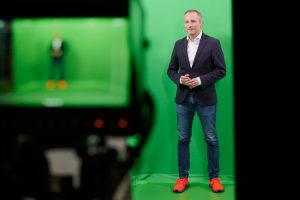
Sadly, virtual conferences can’t deliver this key USP. Today, and for the foreseeable future, what actually happens on the screens of your virtual meetings is the only thing that matters.
Transposing poorly delivered content from an amateur stage to an amateur video screen that doesn’t whet the appetites of your attendees will lead to a massive switch off.
Case Study… TV match-up transforms design week
And don’t think clever technology platforms will turn poor content into a professional production. It doesn’t.
With urgency, I believe virtual event organisers need to learn broadcast television production techniques.
At the most basic level, every television show is formatted and structured to keep audiences hooked and engaged. It’s like creating a tasty meal – with different flavours, colours and textures.
Roy’s conference wave theory:
It might also be helpful to think of every conference as a series of waves. The first wave should start on a high, with maximum audience expectation. And also end on a high. This has to be part of your meeting design. As interest wanes naturally, your audience will go into a dip between those waves.
Study the structure of movies, TV dramas and documentaries; new ideas, new threats to the characters happen at key points in whatever story is being told.
A professional meeting designer regularly inserts something new into the meeting to create more of those wave crests. They decide where they will take place. So must you.
To insert new wave peaks, you need to keep adding new elements every 10 minutes or so. That means lots of shorter sessions (known in TV as ‘segments’); a mix of live and pre-recorded presentations, other short videos, audience interactivity such as quizzes, panel discussions or gamification, or a series of interviews.
TIP: pre-record some presentations and cut to a live Q&A with the speaker afterwards – it gives the speaker time to study submitted questions while their video is running, which will improve the Q&A.
Every element must be strategically placed to keep your audiences fully engaged. It’s far too important to leave it to chance. Most one-hour lectures do not work on-screen. Very few speakers are skilled enough to do that.
TED.com presentations are never more than 20 minutes. There is a reason for that – it keeps interest! And every TED speaker is given detailed coaching. I was shocked to hear that a client who was forced to go virtual for the first time was not planning to coach their speakers.
I was able to convince them to change their mind. After all, they had 1,200 speakers for that event! You may have far fewer speakers but they almost certainly need support too. Your events will become more professional.
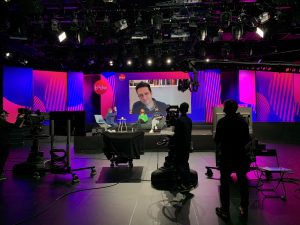
And as a former BBC presenter and interviewer you are forced to learn one more crucially important discipline: timing. You always start on time – to the second.
Every segment is allocated strict timings (and knowing the actual durations ahead of time is one of the production benefits for including a number of pre-recorded inserts) because everything is timed to the second – it forces everyone to be far more aware of key messages.
More… What we can learn from our cousins in TV
This often means careful structuring and scripting of your content. And that means hiring in more professionals or providing detailed training and coaching so that your speakers and contributors can deliver well-written scripts to-camera that inform, education and entertain.
Master-chefs understand how each element of a meal requires top quality ingredients, an attention to detail, finely developed culinary skills, timing and then how to present everything in the best possible way.
Presenting delicious and intellectually nutritious virtual events is no different.
Roy Sheppard is a former BBC TV producer/presenter and international conference moderator, MC and interviewer who runs ProOnline TV
Main picture: The hologram-ready studio at Marina Bay Sands Singapore
